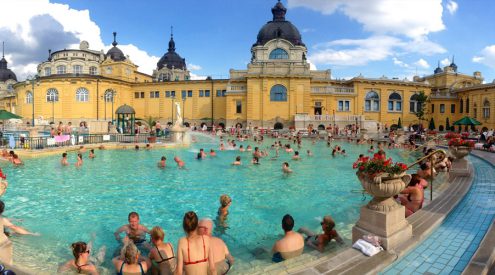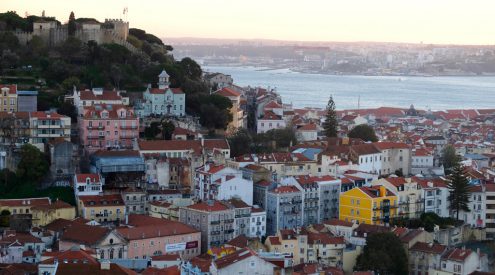Berlin proved to us all that all walls of division disintegrate eventually, even when you least expect it. It is an inspiring city, driven by many different people from each corner of the world. Berlin is an imperishable city, a city that is forever changing and transforming itself. Already in 1910, Karl Scheffler said of this city: “Berlin is a city condemned always to become, never to be.”
It took me about three hours to fall in love with Berlin. I had no preconceived ideas about this historically and culturally significant place but visited the city during ITB 2011, representing Cape Town Tourism at this largest of international trade shows. Walking in the city, and in some of the more historically significant parts thereof, I came to realise that very few other cities have occupied as much imaginary space over the last hundred years as Berlin. It changed, reinvented itself and is still somehow without definition. My short taste of Berlin made me realise that it forever shifts between reminiscence and disremembering, between future, present and past.
Berlin encircles the span of endless dreams and changes. These changes can be seen and felt at locations like Potsdamer Platz, one of Berlin’s major urban landmarks. Walking in this bustling square it is hard to believe that this was once a complete “no-man’s-land” right up until the fall of the Wall.
The ingenuity and creativity that flourishes in Berlin’s many open spaces continues to mark the city even 20 years after the Wall. Berlin has however not forgotten its special responsibility as an historical site and this awareness are part of the consciousness of Berliners. Despite it being a free city today, the remembrance that this was the place where crimes against humanity were planned and where the Iron Curtain once divided East and West is clear in the mindfulness of the city and her people. The idea of a divided people, sundered by a concrete wall stretching over 150 kilometres through societies, families, transport links and shared history is marked in the social and physical landscape of the city. The Berlin Wall stood in the communal imagination as much as in the real city; a symbol of dictatorial oppression. Remnants remain in place, as does a memorial line of contrarily coloured stone rooted into the pavement along its former route.
The fall of the Wall gestured the end of a separated Europe, as well as the restoration of a fragmented city. Since reunification, and the return of the German capital to Berlin, a process of astounding reinvention has swept over the city. From the sparkling excesses of the City West to the beautiful soaring dome added by the architect Norman Foster to the skeletons of the Reichstag – a city saw and experienced rebirth.
Much of modern Berlin is constructed of glass and I got the distinct feeling the purpose of this is that the city is being repeatedly reflected in each direction. Brightly lit modern surfaces revealed unversed angles, concealed patterns of light and clouds and concealed perspectives of buildings and streets. The modern glass buildings unveiled a post-modern world, parallel and in harmony with the concrete and sandstone historical buildings.
Berlin is a city forever in flux, not in the gradual, accrued ways of most urban spaces, but with sudden and fierce reinventions. After many years of cleaning up following the fall of the Wall, there is a tangible change of mood. The city is looking optimistically forward and is gaining self-assurance. The city is recognizing its opportunities, and the on-going boom in tourism and trade confirms its enormous international magnetism.
Berlin’s economy is growing and generating employment. The city is displaying a high level of innovation and competitiveness in many arenas. Berlin-based industrial businesses are prosperous on world markets. The city has an outstanding science and research base and is home to a current Nobel Prize winner. Its three universities and more than 17 colleges and polytechnical schools are awarded more research funding than those in any other state in Germany.
The city’s creative industries are blossoming and its culture exudes far beyond the city limits. Berlin is firmly ingrained as Germany’s capital and the focus of media attention. The city has emerged as the very embodiment of a creative and exciting metropolis in the heart of Europe.
I fully agree with the Berlin tourism slogan: Berlin: it is the place to be! In a few short days I was struck this city’s constant growth and transformation but specifically by its people. A cosmopolitan community similar to London, each Berliner is very different from the next. And yet they are bound by a dedication to the city they call home. This is what makes the German capital so exceptional. Berlin is all about creativity and determination, distinctiveness and social commitment, uniqueness and diversity – all unified into one unforgettable city.

















